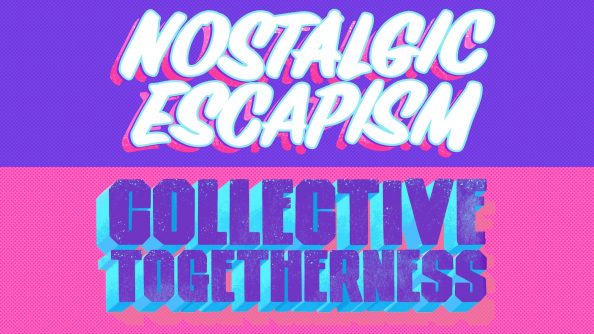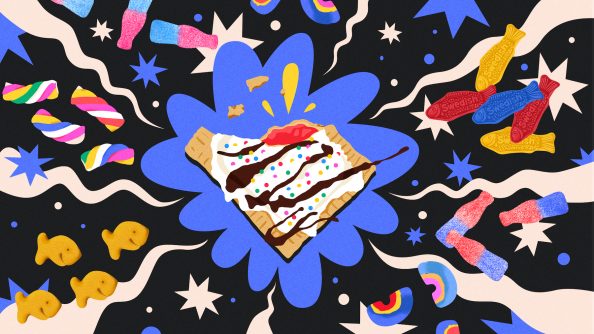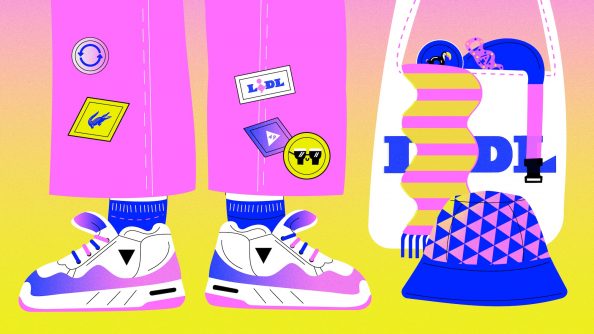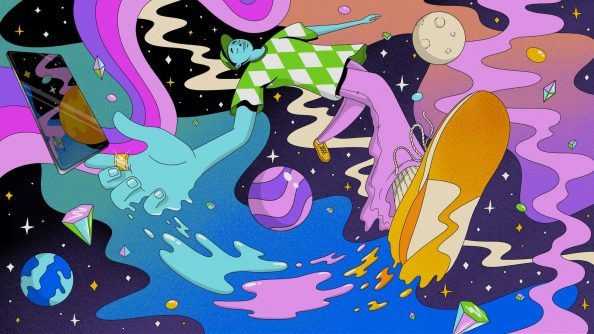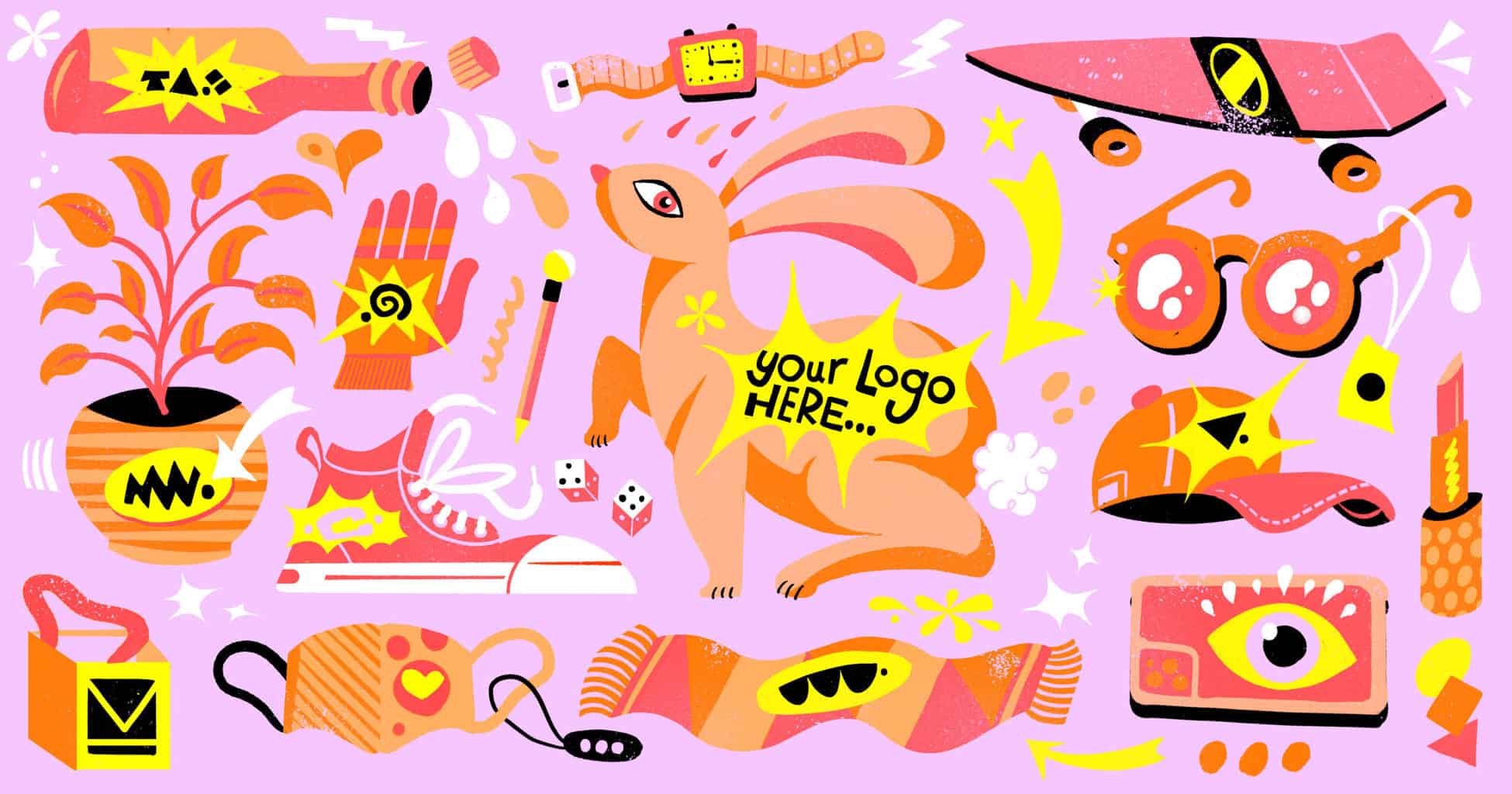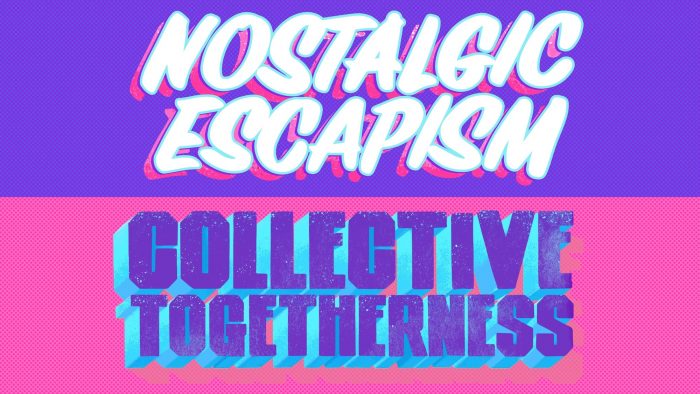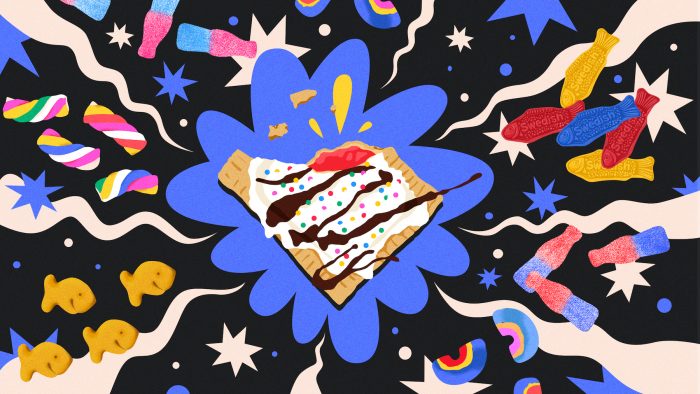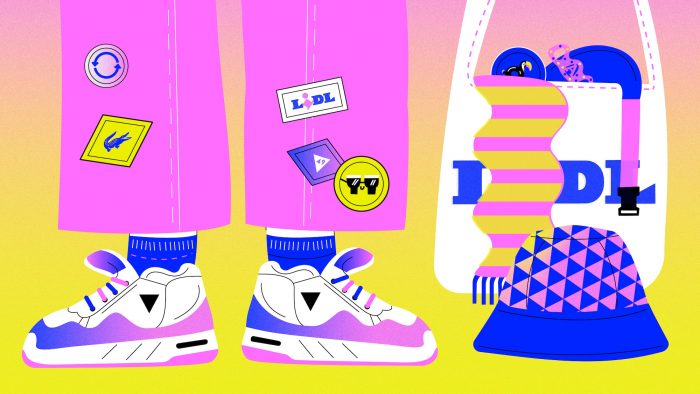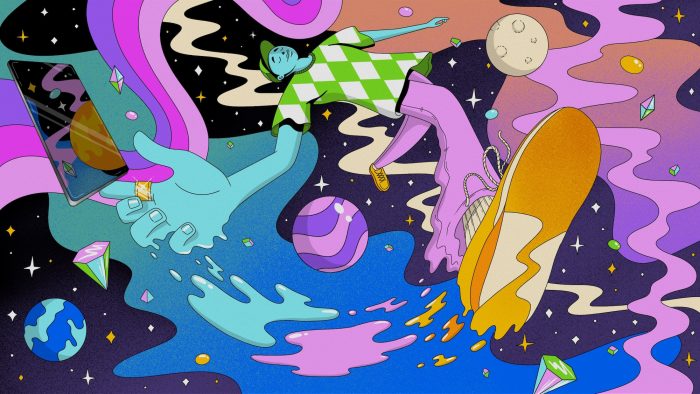Swag is not a term that carries the most positive connotations. At its best, the four-letter word is invoked simply to mean ‘free stuff’; at its worst, it conjures up notions of greed (on the part of grabby, indiscriminate consumers) and waste (on the part of overly merch-happy brands).
Sadly, a stroll around most trade shows or events will likely do little to raise the public reputation of swag. Baseball caps and T-shirts abound, emblazoned with enormous logos – clunky, basic walking adverts for brands, with little thought to their usefulness or impact – or pens, lanyards, keyrings and other clutter destined to live at the bottom of bags, or soon end up as landfill.
But it doesn’t need to be that way; smart swag can bring enormous impact for a brand. It’s a chance to tap into cultural trends and capture the zeitgeist, diversify a brand’s product offering and deliver meaningful, conversation-starting — all at no cost to the consumer. Done right, swag can help a brand command some serious sway.
Here are 10 tips for producing swag that your audience will actually use, wear, and share.
1) Make it disruptive
The primary purpose of swag is to grab consumers’ attention and start a conversation. Handing out bland, predictable merch like pens, koozies and key rings caters only to the freebie-grabbing, bag-filling crowd, who aren’t going to be talking to you, or to their friends about you. It’s a waste of money and of materials. Swag needs to stand out.
Edgy, cheeky, or even a little shocking is fine (see the example of a Republican Senator using condoms as swag, below). Impactful swag reminds consumers of your story, and prompts them to repeat it to others too, while reinforcing the emotional connection they have with your brand.
2) Make it stretch
With swag, you also have an opportunity to stretch your brand, introducing it to new audiences, new categories and occasions. Perhaps your traditional product range is limiting, or carries long-held associations with a particular target audience. Swag can be a vehicle of communication, allowing you to leverage a new idea and shake up your existing image, product range or customer base. A note of caution should be sounded, though – take care to not lose relevance to the brand as you stretch. Supreme can produce their own branded toothpaste, but that doesn’t work for just everyone.
3) Make it relevant
Swag without a story or message attached is meaningless. It needs to say something about your brand, and to speak clearly and directly to your audience. To figure that out, of course, you need to first know where your brand lives, culturally, who your consumer tribe is, and the sort of items, ideas, images and environment they surround themselves with.
In Vault49’s work with cannabis brand Roach – born from the streets of LA and aligned with ideas of street culture and positive, subversive rebellion – we created swag including gaffer tape, marker pens and stickers, all items that are used by the tribe we want the brand to resonate with.
Swag can also do double duty, stretching your brand through your choice of item while bringing in relevance through messaging. For the cannabis brand Fuzed, we made lip balms to communicate the brand message of bold flavor personalities. The lip balms carried flavors you could taste, and could be chosen depending on which color or personality was the most appealing.
4) Make it useful and engaging
Genuinely usable products that will live in a person’s home or office, or be worn on their body, provide a constant, inescapable reminder of your brand. But think beyond the boring, predictable merch like pens, key fobs and coffee mugs, to everyday but unique items that will delight and surprise but still be useful. HBO, well known for their creative, high quality swag, produced large, sophisticated, subtly-branded backpacks and high-end insulated travel beakers to accompany their comedy series Camping. And dating app Bumble produced a range of giant ice cube trays, for at-home (or possibly back-to-my-place) cocktails. Think about your audience and what items they might use in the course of a day or week; a working mom is going to find use in something different than a teenage skateboarder is.
5) Make it elevated and intelligent
Nobody likes having their intelligence insulted by a brand. And yet, countless brands fall back on outdated tropes when attempting to capture a demographic. Appealing to female consumers, for example, does not require swag to be pink or glittery, or somehow include ‘inspirational’ messaging. Similarly, swag that seeks to be ‘inclusive’ need not feature rainbows. Swag that fails to be as sophisticated and discerning as its audience can do more harm than good.
6) Make it personal
High-end tech-based swag like ear pods and speakers always stands a good chance of being regifted, which is no bad thing in terms of reach. But personalized merch will always be seen as infinitely more valuable. Monogrammed bags, passport holders and laptop cases, and bottles of beers, wines and spirits relabeled to playfully incorporate the recipient’s name, are not only instant crowd-pleasers, but great conversation pieces too. At Edition Hotels, whose lobbies are famously fragrant with LeLabo products, bathrooms are stocked with travel-size bottles of LeLabo body lotion, labeled with the guest’s name.
7) Make it fun
When designing packaging, point of sale, or OOH campaigns, we’re often asked by clients to ‘make the logo bigger’. With well-established lifestyle brands such as Supreme, and newer brands with serious cachet like Glossier, the logo carries cultural capital and should be displayed loud and proud. Would anyone, however, want to wear a hoodie emblazoned with a detergent or dog food brand logo in 68-point across the front?
That doesn’t mean you can’t incorporate and optimize strong aspects of your brand assets and identity – such as color, pattern, texture and tone of voice – into something anyone would be proud to wear on their person, display on their desk or hang on their wall at home. The aim should always be for swag that looks as if someone spent their own hard-earned money on it, not something that loudly screams ‘freebie’.
At the Arizona Iced Tea pop-up in New York – an entire store of merchandise, including sneakers, clothing and bags – the brand logo was kept minimal. Instead, using iconic patterns and colors from their collection (pale green, yellow, pink, florals and contrasting cubes), the brand built a range of highly desirable and unmistakably ‘Arizona’ merchandise that consumers would be proud to be seen in. Similarly, Bumble produced high-quality cream sweaters, striped with the brand’s signature yellow, but with the word ‘Honey’, not the app’s name itself, featured across the front.
8) Make it last
Anyextension of your brand is a reflection of your values, so if your merch is cheap then the message is that your core product is too. Use materials of as high a quality as is affordable, and make merch fully recyclable or reusable. Consumers today demand sustainability, and emblazoning your logo on items that won’t be loved or kept long-term is simply not a good look; throwaway products could reflect badly on your brand.
9) Make it start a conversation
Peer to peer recommendations are a far more powerful tool than traditional advertising. Swag can be used to harness this by spreading awareness through word of mouth, with items that can be shared or passed around. Depending on a brand’s values or demographic, quirky cigarette lighters or sports equipment, such as yoga mats, can spark conversations in a group. HBO, again, produced high-end picnic cool bags as swag for the drama My Dinner with Herve. But merch that is simply covetable in and of itself prompts conversations too. If someone in a group starts using a super-fast charging pack or a slick built-in battery phone case, the optimal outcome is that their friends – the members of their tribe – covet it and want to know where they can get one too.
10) Make it current
Introducing new or redesigned core products can be a time-consuming business, often involving internal approvals and long lead times. Swag, however, is a tool that can be turned around quickly, allowing brands to respond swiftly to current cultural conversations and produce merchandise that speaks to the moment.
With the outbreak of the coronavirus pandemic, countless brands offered free masks, but the ones which made the most impact used messaging to make the merch feel like an authentic extension; Roach, for example, produced ‘hotbox’ masks. Political swag can also be more sophisticated than simply a candidate’s name across a T-shirt. For Elizabeth Warren’s campaign for the Democratic presidential nomination, her ‘two cents’ tote bags communicated a central plank of her policies — her proposed two cent wealth tax – simply and effortlessly. New Hampshire Senator Kelly Ayotte – somewhat radically for a Republican — used free condoms to publicize not only her re-election campaign, but also her bid to get birth control sold over the counter without the need for a doctor’s prescription.
Swag doesn’t need to cost a fortune – most consumers would love a customized pair of Nike, but a bottle of beer with their name on it can spark as much delight and start just as many conversations. It does, however, need to be thoughtful, creative and unique, to support and say something about your brand. Ultimately, if it’s not something you’d happily wear yourself or proudly display in your own house, chances are the tribe you’re trying to target wouldn’t either.
anna
Leigh Chandler, Partner & Creative Director
LINKED IN